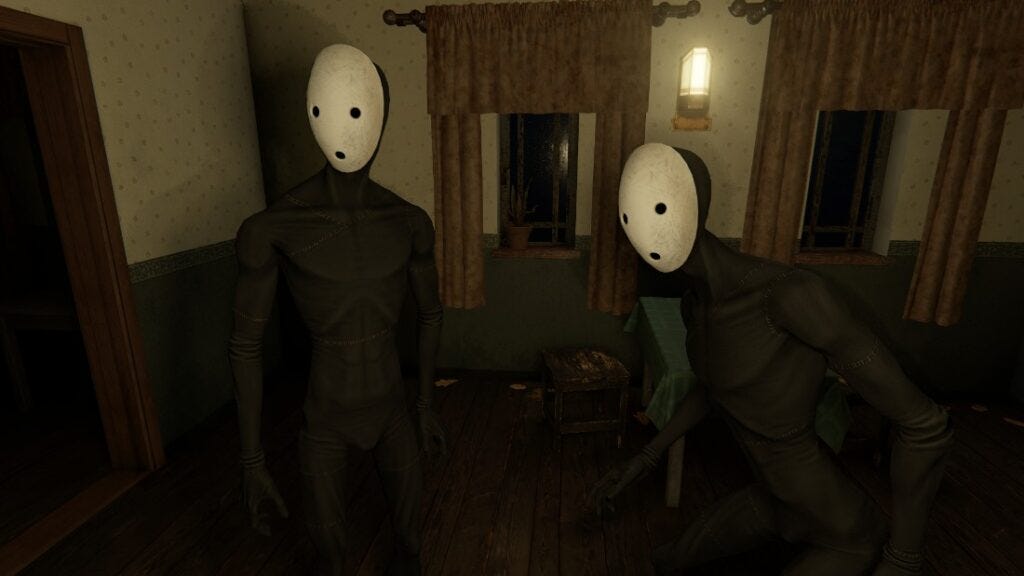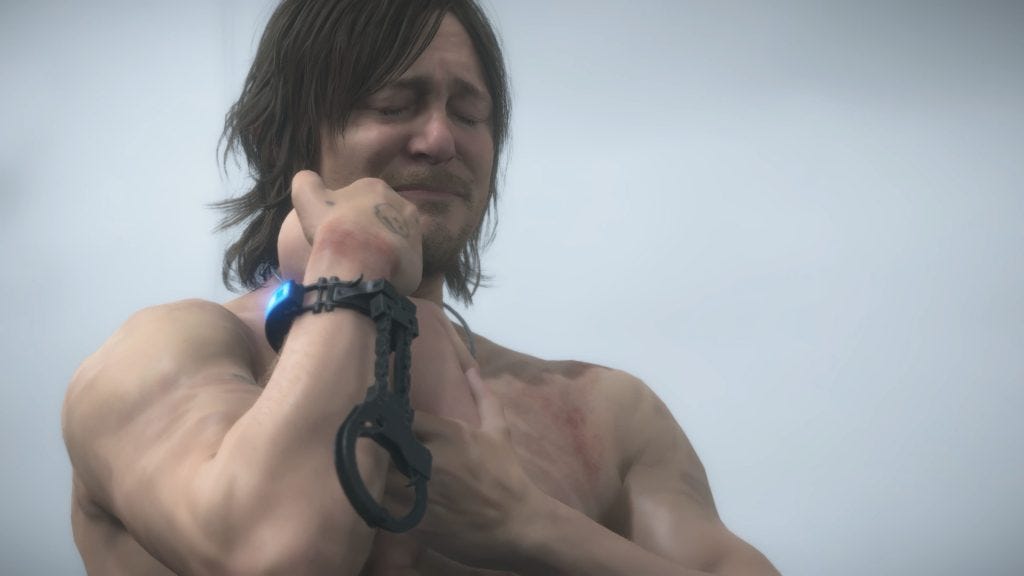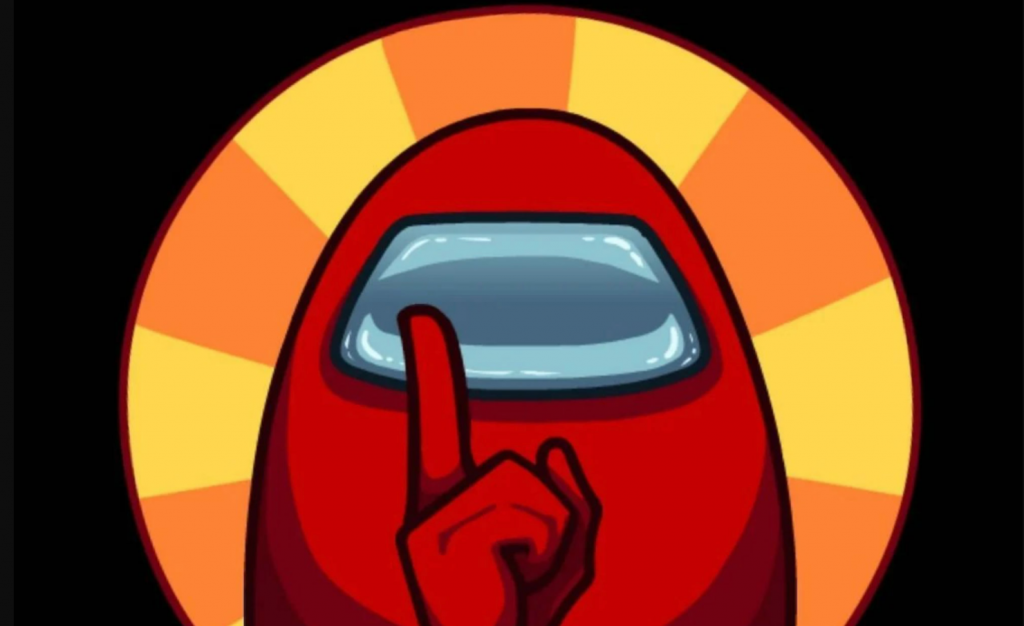Are Prestige Video Games the Future?
The contradiction of cinematic games

The video game industry has been made up of all kinds of trends since its inception, but one of the longest-lasting, and potentially troublesome trends, happened in the 2000s. As technology finally caught up with the scope designers wanted to go for, there has been this push by both AAA and indie into making cinematic or “prestige” games. These are titles that feel less like a video game and more like an attempt at securing an Oscar nomination. But where these games fail for me, is that they tend to forget at the end of the day that they are games, so I wanted to explore this idea further.
Movie games or game movies?
One could certainly argue that the beginning of this trend came with Hideo Kojima and the success of the Metal Gear Solid franchise, and of course lately with Death Stranding. A noted lover of cinematography and film, there is as much to watching one of his games and absorbing it as there is to playing it. Each one of his games, even the entirety of the Metal Gear Solid franchise, is a one-off in some capacity in terms of design. They are very much “his games” — you couldn’t find another designer doing something else exactly like that.
Then in the 2000s, more and more studios started looking at bringing Hollywood into the game industry. There was the big one with Rockstar Studios and the GTA series, but also this approach to making “blockbuster” games like Uncharted, The Tomb Raider reboots, and many others. From the indie side, they decided to go the “arthouse” route, with games that have very minimalist UIs, or no UIs at all, and could be about literally any subject. One of the most notable in this respect was Tale of Tales with each game being more like an interactable art piece.
There have been discussions for a while now about designers and people in the industry chasing after movies, and in a weird way, looking down at the games that they are working on. Today, we are seeing more and more discussions about who is writing, starring, and directing a game on the AAA side, and many smaller developers seem to ignore design and UX conventions in favor of making “art.” I’m using art in air-quotes, as many reviewers of mainstream sites and Youtubers will often eat up these games as some kind of “brave, new,” expression of games, such as 12 Minutes from 2021. Like the whole debate over “wholesome” games, I see this argument over prestige games as trying to both put a label on games and trying to separate themselves from “the lessers.”
Source: YouTube.
This can even be seen when someone tries to adapt a video game to film or TV, often taking away all the elements that worked best in the game, and replacing them with generic tropes. If something from the video game is actually referenced, it is often treated as a joke or something to be made fun of by the rest of the characters. The problem when “the art” comes before anything else, is that it forgets one core component of video games — they’re meant to be played.
The action before the art
When it comes to problems of UI/UX and the general playability/pacing of a game, I tend to see two groups that often make the most mistakes in this regard: first-time developers who don’t know any better, and people focusing on the artistic side before anything else.
As I have talked about many times, no matter how much of an artist you are, at the end of the day if you put a price tag on a game, then you are selling a product. That transaction means that someone is going to be trying to play your game, not just “experience it.” You may think that having 40 minutes of just straight dialogue with no real gameplay interaction is “engrossing”, or that you don’t even need to explain the gameplay to someone, but these issues lead to rapid churn.
Onboarding is often the Achilles heel of prestige games, as the designer tends to be focused so much on the art and the experience, they forget to explain how to play the game. Worse yet, some decide that learning the game is part of the artistic process. Sometimes, the “rough edges” of the experience are part of the gameplay itself, such as with the Pathologic games, but any time you have pain points or UI/UX issues in your title, you are creating easy reasons for people to stop playing your game. I sometimes wonder when it comes to games like this, how much was done when it comes to playtesting? And if testing was done, were issues that came up during that process get ignored in favor of “the art”?

In today’s market, you must respect the player’s time if you want your game to have any chance of being played for more than one minute. This is also why many designers will frontload their titles with excitement and make sure that the opening is properly play-tested. If something is annoying someone right at the start of a game, those issues don’t go away. Immortality, one of the most celebrated games this year, only kept me for about 45 seconds before the UI frustrated me to the point that I uninstalled the game.
This was one of my main gripes with Death Stranding, where so many of my issues with the game came down to the UI and general UX, no matter how many times people say that it gets better 10+ hours in. I heard some of this was corrected in the developer’s cut, but I haven’t played it yet. And speaking of Hideo Kojima and the concept of “celebrity game designers”, this takes me to another point about prestige games.
Getting away with it
The rise of prestige TV and this attempt at trying to “grow up” the game industry brings another point that often comes up when reviewing or attempting to criticize them. When I talk about projects that are uniquely tied to an individual or a studio, criticisms are often dismissed as “that’s just part of their charm” or “it’s okay if X does it, they earned it.” For the critic, they may get comments like “you just hate it because it’s popular,” or “why do you hate the studio and people working on it so much?”
Part of the process of growing a studio and getting a name and recognition is reaching a point where you yourself are a part of your brand, and so is your “process.” One of the dangers when it comes to long-term viability in the industry is the echo chamber effect — when you’re only listening to your most hardcore fanbase and think that you can do no wrong. If someone has a complaint about your game or wants you to change something, then they must not be a true fan, right?

There are two aspects of this I want to talk about. First, just because no one among your fanbase is complaining about something, doesn’t mean that your game is problem-free. I have lost count of the number of games where I spot immediate issues with the gameplay and UI that any decent play tester would have caught and alerted the team about. Maybe those issues were pointed out, but the developer refused to listen. Either way, what makes a studio successful is the willingness to look critically at its own products and improve from game to game and not just make the same mistakes over again.
I feel that there is a tendency to ignore obvious problems from a famous studio or series. This could be because you are a huge fan and don’t want to be seen as “betraying” the studio. Or you are afraid of being the dissenting opinion when a game has high scores from everyone else. I remember one of my first writing jobs for the industry I was let go because I wrote a negative review of The Witcher 2, and they didn’t want to be seen as hating a popular franchise. The notion that only “true fans” can appreciate a game also takes me to the next point.
The games industry has grown in a new direction thanks to the rise of the YouTuber and streamer culture. One day, your game could not be noticed by anyone, the next, it could be the new Among Us. Developers chasing after the eyes of popular influencers has led to a massive change in how games are being marketed and designed, a topic that exceeds the scope of this piece.
However, when a game does blow up, and suddenly, you now have tens of thousands of eyes looking at you, this can lead to a harsh truth — you’ve been making tons of mistakes without knowing it. As I’ve talked about before, many developers view copies sold as the only true metric of a game, and by extension, a studio’s success. If 100,000 people bought your game going from only having 500 on your last one, then surely, you’ve become a master game designer…right?
Again, success in the game industry is about the long term, not the short. That means looking closely at the games you’ve made and learning lessons from them. Let’s say out of those 100,000, only 15,000 actually beat your game, and the rest stopped after 2 hours. You may not care about them, as it’s beyond the refund window, but if you think your next game is going to have an audience of 100,000, you are sorely mistaken. Studios learn the hard way that just because streamers are making videos about their game and talking about it, doesn’t mean that they’ve “made it.” Many of the prestige games that have come out often have a huge critical response, some of it from influencers, but then horrible churn rates from the general audience and a decline from game to game. And if your game is entirely story-driven, I can guarantee you that there will be YouTube videos for people to watch all the cutscenes and see the entire story instead of having to play, or pay for, your game.
The Problem of Prestige
Over the last decade, I’ve slowly phased out of being interested in AAA games, and part of that comes with this sense that I’m just playing the same things over again. Whether that is an open-world game built on the same basic tasks, another game trying to mimic an RPG with gear systems that are just generic, or a game that is trying to tell a “serious” story while I run around head-shotting enemies and jumping all over the place. I don’t want to play a game whose only draw is to listen to whatever hot music is trending or have an A-list celebrity voice a character — which is also why I’ve stopped caring about a lot of movies as well.
Video games, at the end of the day, are an interactive medium. If you try to fight against that very notion with your game, then you are not going to last long-term in the industry or be able to continue growing. Plenty of developers out there stick to a specific genre or way of designing games and focus on one specific fan base. While there is nothing wrong with that, this also means giving up on your games having a larger success. And again, no matter how highly praised a game is, how many copies sold, or even if it is game of the year, that doesn’t mean that the game had no faults and could not be improved in some capacity.

Conversely, studios that have their “one-hit wonder” also have a problem when it comes to growing. If your first game is that lightning-in-the-bottle moment that gets millions of copies sold, where do you go from there? How do you learn what you did right and wrong in those circumstances? For studios that end up this way, it is rare that we see a follow-up that even gets close to their major hit, and they end up trying to chase that first game’s success for years. Just because you did X, Y, and Z and your first game succeeded, does not mean doing it again will work for your next one or the one after that. I’ve spoken before about Chris Park and Arcen Games, and how they nearly went under trying to chase after the same success that AI Wars 1 had, and it led to him having to completely change the way he approached game dev.
Within the indie space, I’ve seen a lot of games from first-timers, or relatively new designers, which are miles above the games from established studios. The common reason is that these designers, despite lacking experience, understand the medium they’re working in. This is why I see so many unique and original game systems from indie teams — they’ve been playing and studying these games all their life and use that knowledge to create something original.
If your entire goal as a game designer is to create the next “Breaking Bad” or “Game of Thrones”, you may find success in some capacity, but I can guarantee that no many how many awards you win, or praise you receive from critics, your game will not be remembered as well, or played as much, as a game about an Italian plumber jumping around trying to defeat a big lizard in a tux.
If you enjoyed this story, consider joining the Game-Wisdom Discord channel. It’s open to everyone.
